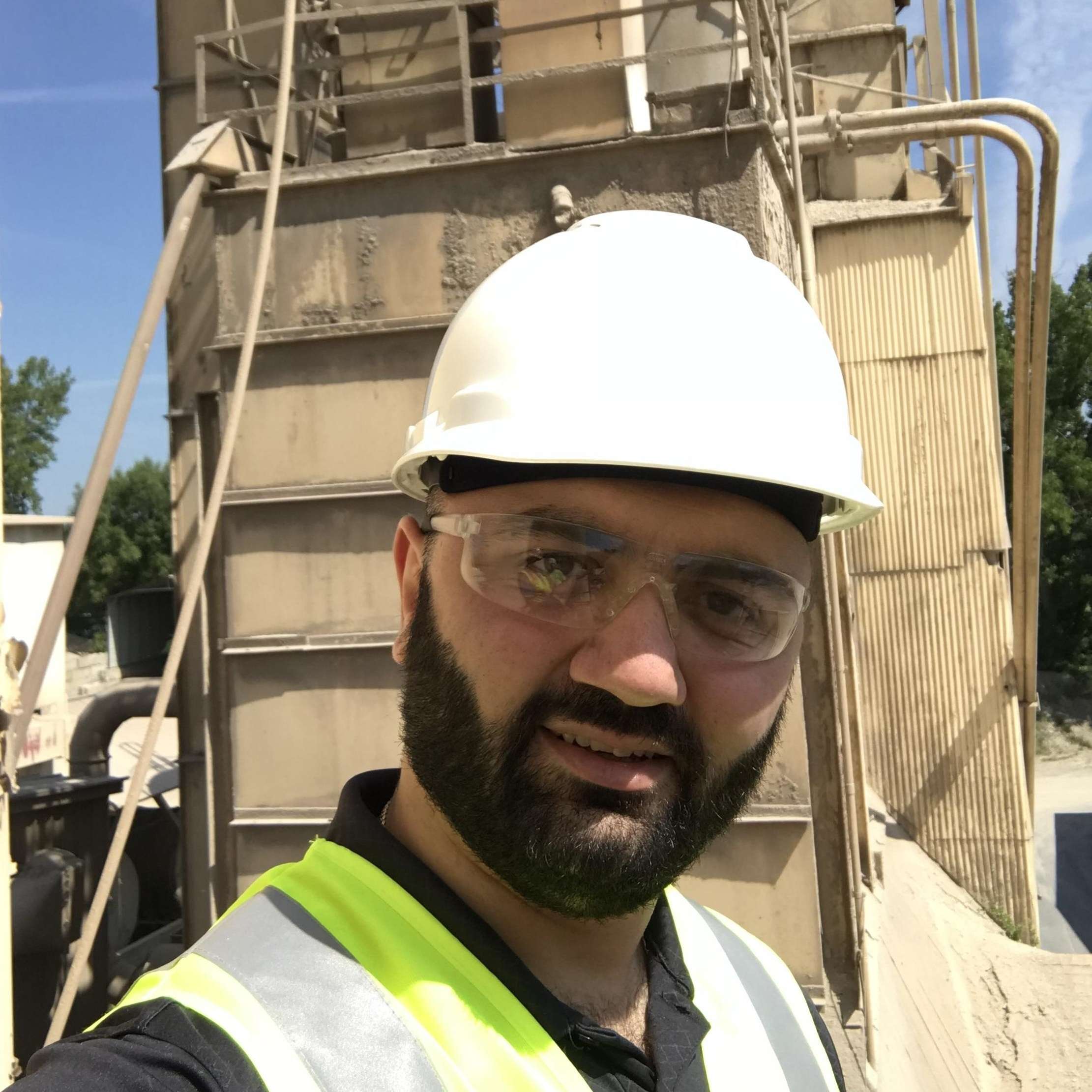Common Types of Gears

Image source https://www.bostongear.com
A gear is a rotating machine part with cut teeth that mesh with another toothed part to transmit torque. Geared devices can change the torque, speed, and power source direction. They can be mounted on shafts, and their centerlines can be parallel or at any angle relative to each other and in one or more planes.
Gears are classified into five basic design categories: spur, helical, bevel, worm, and hypoid. Generally, the shaft orientation, efficiency, speed, and torque determine which type should be used for a specific application.
|
|
|
|
|
Spur gear |
|
|
Helical gear |
|
|
Worm gear |
|
|
Bevel gear |
|
|
Hypoid gear |
Spur Gear
Spur gears are straight-cut gears. These are the simplest type of gear. Consisting of a cylinder or disk with the teeth projecting radially, they can mesh together correctly only if they are fitted to parallel shafts. The edge of each tooth is straight and aligned parallel to the axis of rotation. Spur gears do not produce axial thrust, as do some other gears.
The gears are applied in moderate-speed applications, including mill drives, hoisting equipment, and general machinery. They are mainly used due to their low cost, lack of end thrust, and low maintenance.
Helical Gear
They have teeth oriented at an angle compared to the shaft’s axis. This is the helix angle. Helix angles range from a few degrees to about 45 degrees. The teeth in mating helical gears operating on parallel shafts must have the same helix angle but be oriented in the opposite direction. For example, right-handed gear meshes with left-handed.
Helical gears are quieter with less vibration, and run at higher speeds. They are capable of carrying more load than spur gears. Helical gears produce thrust loads. This must be considered when selecting bearings.
These gears can be single helical and double helical.
Double helical gears have two teeth on one gear with opposing tooth angles. A groove separates the two sets. These gears are much more effective in case of shock and vibration. They are used for applications requiring high speed and high ratio in a single stage.
Worm Gear
The worm gear set consists of a cylindrical worm that meshes with a larger gear, often called a wheel. The worm with a screw-type thread requires several revolutions to drive the wheel through a single revolution. These gear sets have high-speed reduction ratios.
Worm threads are available in single, double, and more. This can be determined by the number of threads on the worm end. Screw action is quiet and produces a constant output speed free of pulsations.
Since the worm thread slides over the wheel teeth rather than rolls, it has lower efficacy than other gear types.
Worm gears are suitable for applications where shock loads are encountered.
Bevel Gear
Bevel gears transmit power between shafts with axes that intersect at 90 degrees. Sometimes the angle can be different. They have teeth cut on an angular or conical surface and typically have a 20 degrees pressure angle. Bevel gears produce thrust loads on both shafts, which should be considered when designing the shaft mounting assemblies.
There are three basic types of bevel gears:
- Straight tooth bevel gears - with straight tooth
- Spiral bevel gears - with curved tooth
- Skew tooth gears - straight tooth, but at an angle to the shaft centerline.
Hypoid Gear
Hypoid gears are similar to spiral bevel gears; only the shaft centerlines do not intersect. Due to their higher contact ratio, these are stronger and operate smoother and quieter than spiral gears. Although high contact pressure and sliding speeds require lubrication, these gears are used extensively in automobile rear-wheel-drive differentials.
HVH Industrial Solutions is an authorized distributor of the following gearing manufacturers: Boston Gear, Worldwide Electric, Dalton, Bauer Gear, Delroyd Worm Gear, SITI Power Transmission, Bonfiglioli, WITTENSTEIN, and Rossi in the US.
We work closely with the engineering teams of the above companies to provide superior customer service and engineering support.
If you have any questions, write us via live chat (one of our team members will answer your questions), give us a call, or send us a quote request. The HVH team is always ready to help you.

Vladimir Harutyunyan
Vladimir Harutyunyan is the founder of HVH Industrial. He has masters degree in mechanical engineering and over 10 years of experience in mechanical power transmission field.
Feel free to connect with Vlad on Linkedin: https://www.linkedin.com/in/vladharut

Vladimir Harutyunyan
Vladimir Harutyunyan is the founder of HVH Industrial ...
Feel free to connect with Vlad on Linkedin: https://www.linkedin.com/in/vladharut
